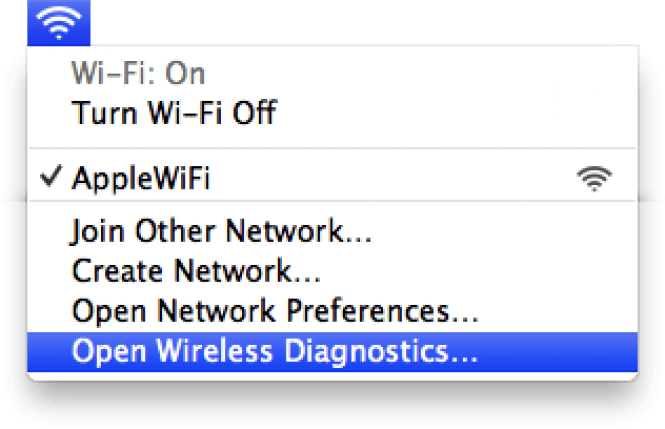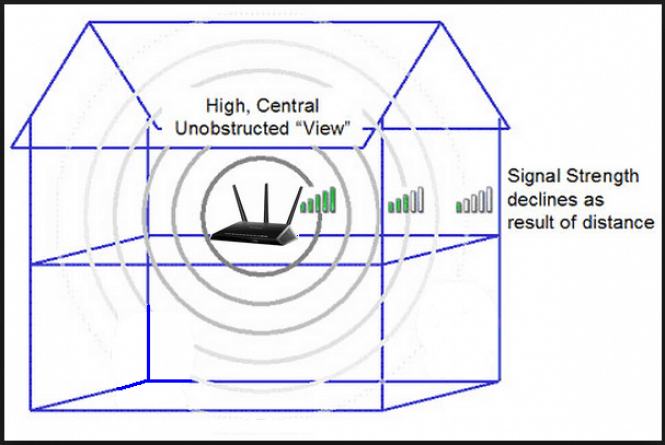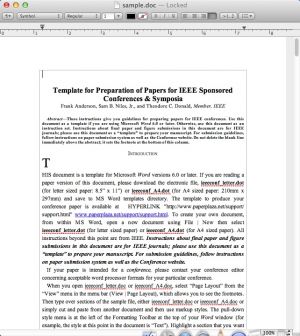 How To Optimize the Wi-Fi Network On Your Mac
How To Optimize the Wi-Fi Network On Your Mac
With each passing day, more and more users opt for having a wireless network at home, and get rid the wires once and for all. A Wi-Fi network can easily be accessed by various devices, including mobile phones and tablets, not only laptops and desktop computers. Moreover, using a Wi-Fi network instead of a LAN (Local Area Network) you won't have to deal with any cables lying around the house (no cable management is always a plus). However, the strength of your wireless signal may vary from room to room, which can be a very annoying, especially if there are areas where the signal is completely absent. So, if you are having problems with your wireless network and you want to optimize its speed and signal strength, then you might want to keep on reading this guide.
Monitor the performance of your Wi-Fi network
Before you start making any changes to your wireless network, you might want to find a way to monitor its performance in real-time. Luckily, Mac OS X comes with a handy feature that can help you with that. In order to access it, you need to click on the AirPort icon in the menu bar and select the "Wireless Diagnostic" option from the menu.
Once you have done that (and authorized), select the "Utilities" option under the Window menu.
A pop-up window will appear. Here you select the 5th available tab, called "Performance".
Check the position of your router
Now, with the W-Fi performance monitor up and running, it is time to check if your wireless router's position is affecting the stability, strength and coverage of your network. Simply, take your Mac and walk around the house to determine the areas with the best and the worst signal strength.
Below you will find several tips to get the best possible signal.
- Make you place the router in the middle of your house. This will help you achieve the best possible signal in all the rooms around your house.
- Keep the antenna of your router in a vertical position (even if your router allows you to keep the antenna in a horizontal position, it is ideal to keep it straight up).
- If your router is placed on the floor, you might want to keep it on a desk or on any other elevated position for a better signal.
In addition, as a general rule, keep in mind that metal objects can block a wireless signal, therefore, keeping your router against a metal wall or a metal cabinet is not a very good idea.
Watch out for interferences
As you might already know, the wireless signal is, basically, a radio wave, which can easily interfere with other radio waves, making your Wi-Fi connection weaker and less reliable. The main aspect you should take into consideration when checking for interferences is the frequency of other radio waves. Normally, wireless networks are using the 2.4GHz frequency band, therefore, if you are in the area with multiple Wi-Fi networks nearby (like apartment blocks), you might want to check for their frequencies, as there is a high chance that at least one of them is using the frequency of your wireless connection. You can easily do that with either the built-in Wireless Diagnostics tool of your Mac OS X or with third-party applications such as iStumbler.
There are also various electronic devices that can interfere with your wireless network signal. These include cordless phones, microwaves, baby monitors or even older Bluetooth devices. When dealing with microwaves, you should make sure a microwave is not standing between your Mac and the router.
A simple solution to deal with interference issues, is simply changing the channels used by your wireless router. To do that, you need to access your router's web interface (the address varies, depending on the model of your router) and select one of the available channels with a frequency that differs from those that are used by the surrounding wireless networks.
Invest in additional equipment
If the above mentioned methods don't work for you or if you want to extend your wireless networks to a larger area as your router is not powerful enough, there are several pieces of hardware that you can purchase to increase the strength and reliability of the signal. You can use wireless repeaters or range extenders to expand your Wi-Fi network to cover an entire building or an inaccessible area.
In addition, depending on the model of your router, you can buy more powerful antennas to replace the standard ones for a better signal strength.
Conclusion
Even though a wireless network is more comfortable and easily accessible for various devices, sometimes signal loss can be a real headache, making the connection too slow and less reliable if compared to a wired network. Luckily, there are plenty of methods that may help you make the signal quality higher. Choose the one that suits you best or combine several for even more extensive and stable coverage.











Comments